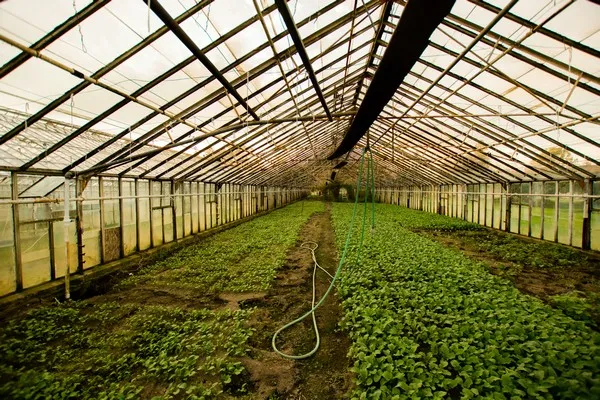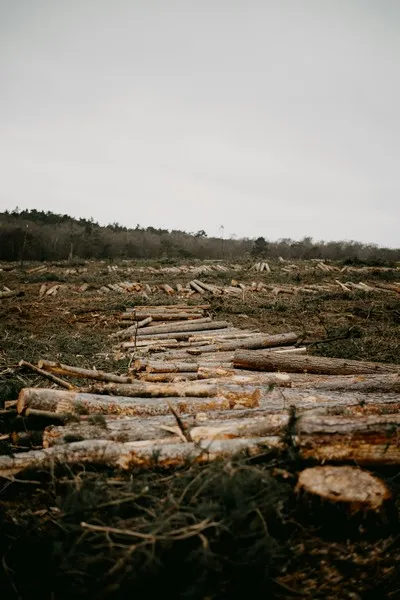Table of Contents
- Historical Roots of Pastoralism
- Social Structure and Organization
- Economic Aspects
- Social-Cultural Significance of Livestock
- Environmental Impact and Sustainability
- Political and Policy Dimensions
- Modern Transformations
- The Future of Pastoralism
- Conclusion
Pastoralism is a form of livelihood and cultural practice that has long shaped how certain communities utilize land, manage livestock, and interact with their social and ecological environments. Derived from the word “pasture,” pastoralism is most often recognized by its core feature: the raising and herding of animals—such as cattle, goats, sheep, or camels—to provide subsistence and economic stability. However, pastoralism is much more than a form of economic livelihood; it is also a societal institution deeply rooted in tradition, resource management, and social organization. The study of pastoral societies reveals a nuanced interplay of environment, technology, social structures, and cultural values, all woven into a dynamic and ever-evolving tapestry of human existence.
Historical Roots of Pastoralism
To understand pastoralists from a sociological perspective, it is essential to look back at the historical roots of pastoralism. Since ancient times, groups of people have realized that domesticated livestock provide a steady food source. Over time, they began to refine herding techniques, gradually forming social norms and cultural traditions around their herds. Pastoralism most likely emerged as a response to ecological constraints and the inherent difficulties of purely agricultural subsistence. In more arid or semi-arid environments, where crop cultivation was challenging, herding animals allowed for the more efficient use of available vegetation. The evolution of pastoralism was facilitated by environmental factors, technology (e.g., harnessing the power of the horse or the camel), and social organization that permitted collective herding and resource sharing.
Adaptive Strategies
Early pastoralists developed highly adaptive strategies to cope with environmental challenges:
- Transhumance: This practice involves the regular movement of herds between summer and winter pastures.
- Nomadic Herding: Entire communities move with their livestock in search of pasture, water, and favorable climate.
- Agro-Pastoralism: A combination of limited agriculture and herding, allowing for varied livelihood strategies.
These adaptive strategies reflect the ingenious ways pastoralists respond to environmental pressures. They demonstrate a form of resource management in which communities align their social organization and movement patterns with the rhythms of the natural landscape.
Social Structure and Organization
The social structure of pastoralist societies is often organized around kinship units, cooperative labor, and collective decision-making. Authority and leadership within many pastoralist communities derive from experience and consensus. Elders and those with extensive knowledge of herding practices often hold significant influence due to their ability to guide the group in critical matters like migration routes, water location, and conflict resolution.
Kinship and Community
In pastoralist societies, kinship networks generally form the bedrock of social relations. These networks go beyond mere blood ties to encompass extended families, clans, or even entire tribes bound by shared heritage and communal responsibilities. Kinship helps ensure the availability of cooperative labor and pooling of resources. When the entire survival of a group can depend on effectively managing herds, social bonds and shared practices become indispensable for collective success.
Moreover, pastoralist communities often rely on reciprocal obligations, such as the shared rearing of children or the exchange of gifts and labor, to fortify social ties. These reciprocal activities help smooth out economic fluctuations and safeguard the community against unforeseen hardships, such as drought or famine.
Gender Roles
Gender roles within pastoralist communities can vary significantly depending on cultural norms and environmental demands. Women often play significant roles in milking, processing dairy products, and managing household tasks. Men may be more involved in long-distance herding, protecting livestock, or trading animals in local markets. However, these distinctions are never rigid across every pastoralist community. In some groups, for example, women may hold positions of respect and leadership, shaping both household and communal decisions. Meanwhile, in other contexts, men might handle nearly all livestock-related duties, leaving women with minimal say in community affairs. Such variations highlight the fluid and adaptable nature of pastoralist societies.
Economic Aspects
Economics in pastoralist communities is profoundly shaped by environmental factors and the well-being of livestock. The herds themselves are forms of capital. They represent not only food—milk, meat, and sometimes blood—but also a mode of exchange and a status symbol. Negotiations around bridewealth, inheritance, and tribal alliances often revolve around the number of cattle or goats to be exchanged. Pastoralist societies usually exhibit a level of economic interdependence through:
- Barter and Exchange: Livestock and livestock products can be traded for grains, vegetables, cloth, or other items not produced by the pastoralists themselves.
- Market Integration: Many pastoralist communities have become integrated into regional or global markets, selling livestock or dairy products for cash income.
- Services: Some pastoralists may offer services like transport using pack animals, benefiting from their mobility and knowledge of the terrain.
Economic decision-making and livestock management practices are inseparable in pastoral communities. The life-cycle of the herd—breeding, culling, milking, and migrating—substantially affects both subsistence strategies and financial stability. Families that manage their livestock efficiently can build wealth, whereas poor management or unlucky circumstances such as disease outbreaks can lead to a rapid decline in economic standing.
Social-Cultural Significance of Livestock
Livestock in pastoralist societies serve as more than mere commodities. Animals also play a profound social and cultural role. They are often used in ceremonies and rituals, symbolizing fertility, strength, and cultural heritage. For instance, among certain pastoralist groups, special livestock sacrifices or communal feasts mark marriages, initiations, or major festivals. Such rituals serve to unify the community and reinforce group identity.
In addition, the health and number of animals can be an indicator of social status and power. Wealth in many pastoralist societies is literally on the hoof—visible in the size and variety of the herds. This tangible form of wealth signifies responsibility and generosity, as successful pastoralists are expected to share or lend livestock to relatives or neighbors in need.
Environmental Impact and Sustainability
Pastoralists have long faced the challenges of sustaining their herds in environments that can be harsh or unpredictable. Arid grasslands, savannas, and mountainous regions are common areas of pastoralist occupation. In these spaces, the management of natural resources such as water and vegetation is critical. Pastoralists have developed traditional ecological knowledge that allows them to rotate grazing areas, adapt migration routes, and conserve vital resources.
However, contemporary developments—such as climate change, population growth, and land privatization—pose significant challenges to pastoralist livelihoods. For example, prolonged droughts can deplete grasslands, reducing carrying capacity for livestock. Simultaneously, land reforms or the establishment of protected areas may limit the customary movement of herds. As access to water or pastures diminishes, conflicts can arise between pastoralists and other land users, including agriculturalists or government agencies promoting different land-use policies.
Mobility and Adaptation
Mobility serves as a key resilience mechanism for pastoralists. By regularly moving herds, pastoralists can prevent overgrazing and maintain a balance between livestock and the environment. Yet, it is this very mobility that is threatened by modern national borders, land-use regulations, and infrastructural developments like fences or roads. When pastoralists are unable to follow their traditional migratory routes, the results can include:
- Overuse of limited pasture areas
- Resource-based conflicts
- Reduction in herd size
- Diminished cultural practices
Despite these challenges, many pastoralist communities are finding new ways to adapt by negotiating with authorities for grazing rights, diversifying their livelihoods, or incorporating new technologies (e.g., mobile phones to locate the best markets or the best grazing lands).
Political and Policy Dimensions
Pastoralist communities are often subject to national and international policies that may overlook or misunderstand their needs and cultural specificities. Government policies can either facilitate pastoralism by providing veterinary services, mobile schools, and grazing rights, or inadvertently hinder it through restrictions on mobility, land leases for large-scale agriculture, or the creation of conservation areas that exclude livestock.
Over time, advocacy groups have emerged to highlight the importance of pastoralism, not only as a livelihood but also as a cultural heritage that deserves protection. Various nongovernmental organizations (NGOs) and international bodies emphasize the rights of indigenous and pastoralist peoples to practice and develop their traditional livelihoods. In some regions, pastoralists have formed cooperative unions or associations to lobby for their interests and gain better access to markets, credit, or essential services. These collective efforts underscore the evolving political landscape in which pastoralism is increasingly recognized for its contributions to biodiversity, sustainable land management, and socio-cultural diversity.
Modern Transformations
Get the full article AD FREE. Join now for full access to all premium articles.
View Plans & Subscribe Already a member? Log in.





